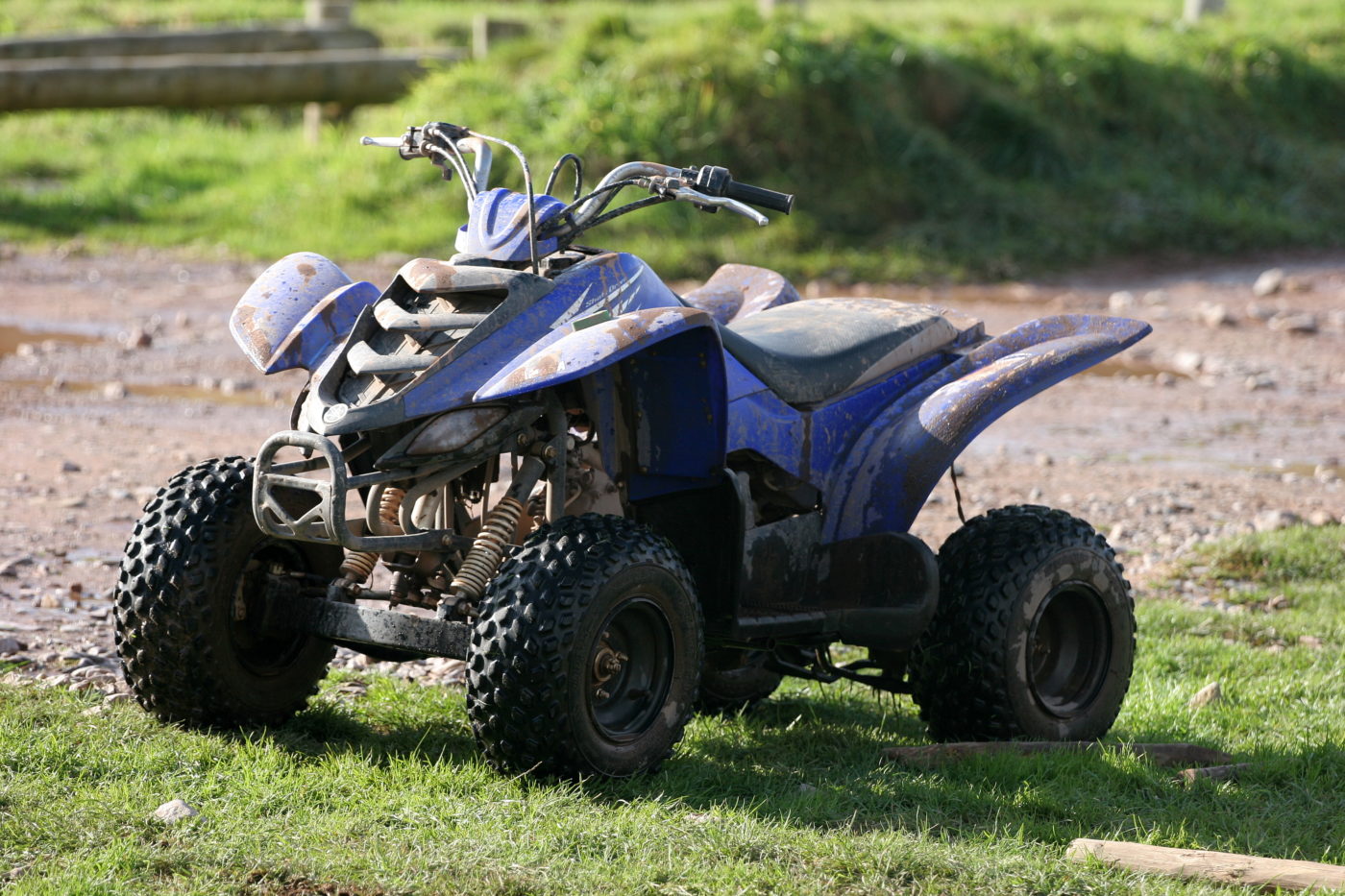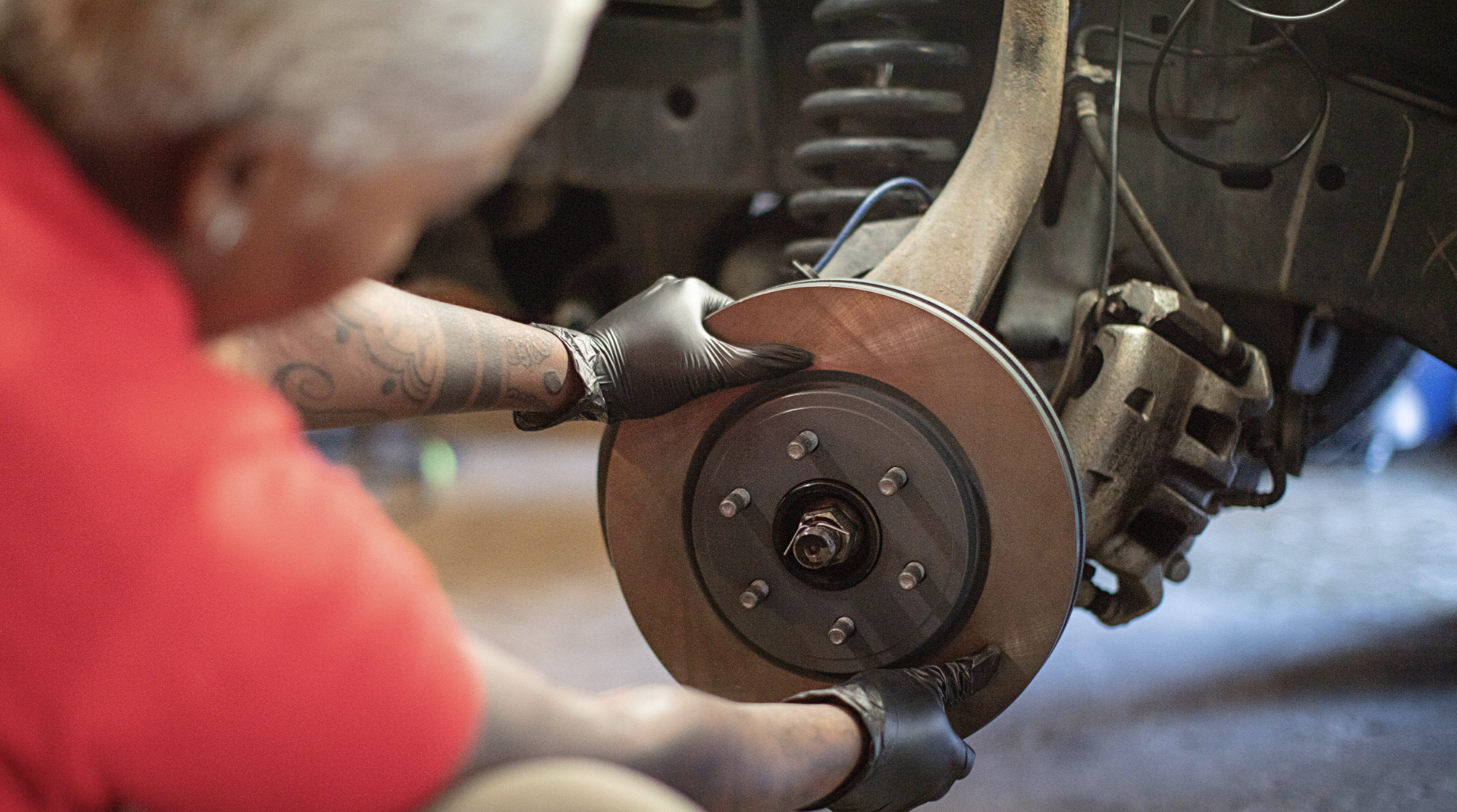 My brother-in-law almost killed himself a short while back. How he escaped serious injury I don’t know, but he’s lucky he did. He’s a big-time turkey hunter. He was prepping his gear for a pre-dawn start for the first day of spring gobbler season the next day. His final task was loading his ATV (you might call it a quad) into the bed of his pickup.
My brother-in-law almost killed himself a short while back. How he escaped serious injury I don’t know, but he’s lucky he did. He’s a big-time turkey hunter. He was prepping his gear for a pre-dawn start for the first day of spring gobbler season the next day. His final task was loading his ATV (you might call it a quad) into the bed of his pickup.
As he drove up the two short loading ramps he had made, his son called out to him. Thinking that the ATV ramps weren’t aligned or something was wrong, he hit the brakes, and then the throttle and the ATV flipped over backwards on him and they both landed on the ground. Luckily he was okay. He said it happened so fast, he still isn’t exactly sure what he did. And he's still seeing stars.
I've noticed lots of people around here hauling lawn tractors and ATVs in their pickup beds, particularly during deer and turkey seasons. I’ve even hauled my own a time or two, but am fortunate to have a trailer that’s low to the ground and a set of loading ramps.
Given his accident, and how many other similar accidents happen, many of which have “bad idea” written all over them, I got to thinking about the safest way to load an ATV or tractor into a pickup bed. I learned a few things in the process. Here’s my unofficial list of how to “do it right” and avoid potential death, injury, property damage, or humiliation. If you have some tips or pointers, I’d love to hear those too.
1. Get ATV ramps.
They are designed specifically for this purpose, unlike the scraps of lumber and cinderblocks lying around your garage. They make these aluminum ramps for a reason – safety. They’ll also make your loading and unloading a lot easier and less scary.
2. Secure the loading ramps to the loading platform.
Many of the accidents I’ve seen occur as the ATV nears the top of the ramps. The torque from the rear drive tire grabs the unsecured ramp and kicks it out, leaving only three wheels on the surface. You know what happens next.
3. Get longer aluminum ramps or a ramp kit.
Get a ramp kit with ramps using dimensional lumber that are long enough to reduce the angle of ascent or descent. ATV ramps that are too short, coupled with today’s truck beds that are higher off the ground, are a recipe for disaster because the incline you’re driving up or down is too steep, increasing the likelihood of a flip over. Consider ramp extensions instead. Also look for a spot from which to load that naturally reduces the angle because of the terrain, i.e. parking the truck in a dip and using the adjacent sloping terrain on which to place the ramps
4. Avoid sudden starts or stops.
Particularly midway through the loading or unloading process, the sudden weight transfer can cause the ATV to flip over.
5. Wear your helmet.
Enough said.
6. Know the weight of what you’re loading.
This is important because wood or aluminum ramps are designed to safely hold only a certain amount of weight. Same goes for your truck’s tailgate.
Once your ATV or tractor is safely tucked in the truck bed, secure it well, to avoid watching it bounce away down the road in your rearview mirror. And make sure it's not pressing against the truck cab’s back window in case you stop short or you could shatter the glass.
What's your advice for safely loading ATVs and securing them for travel? Leave us a comment.








